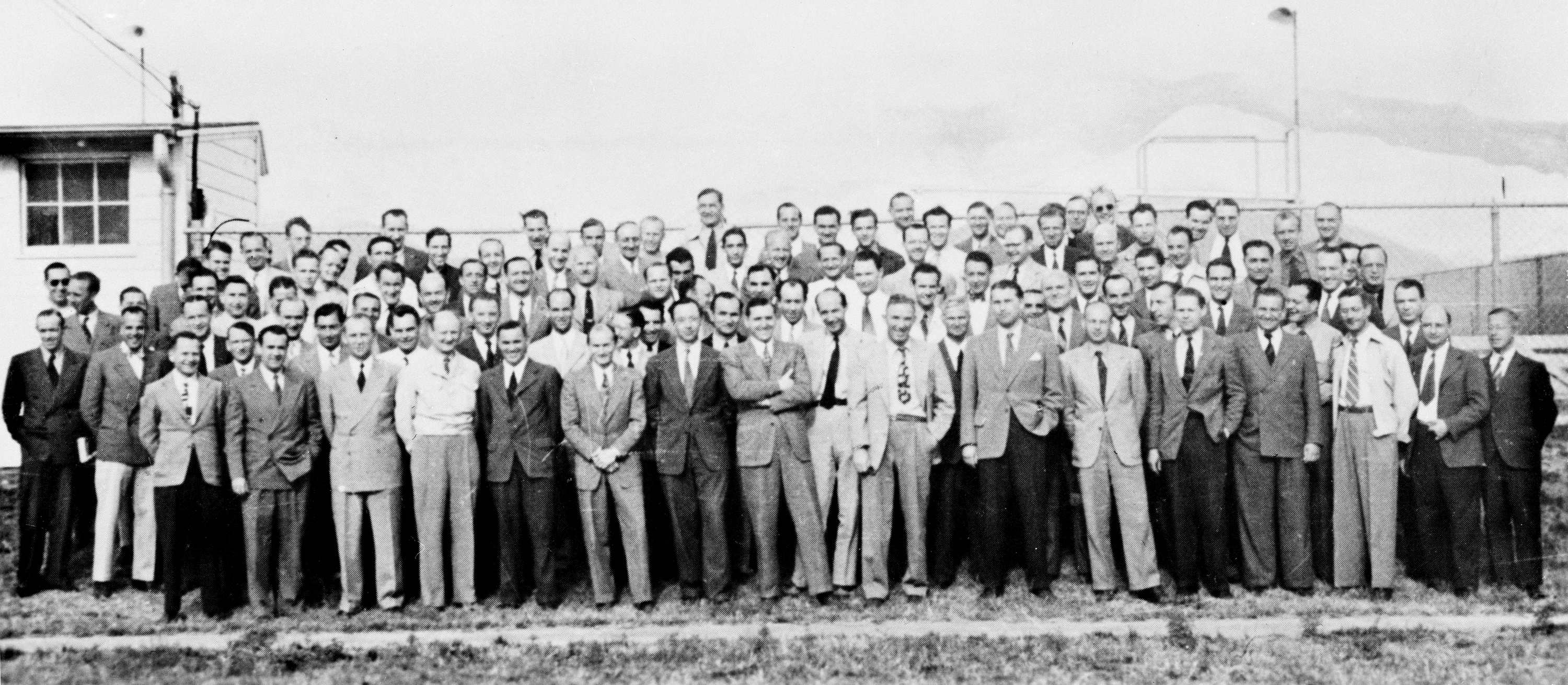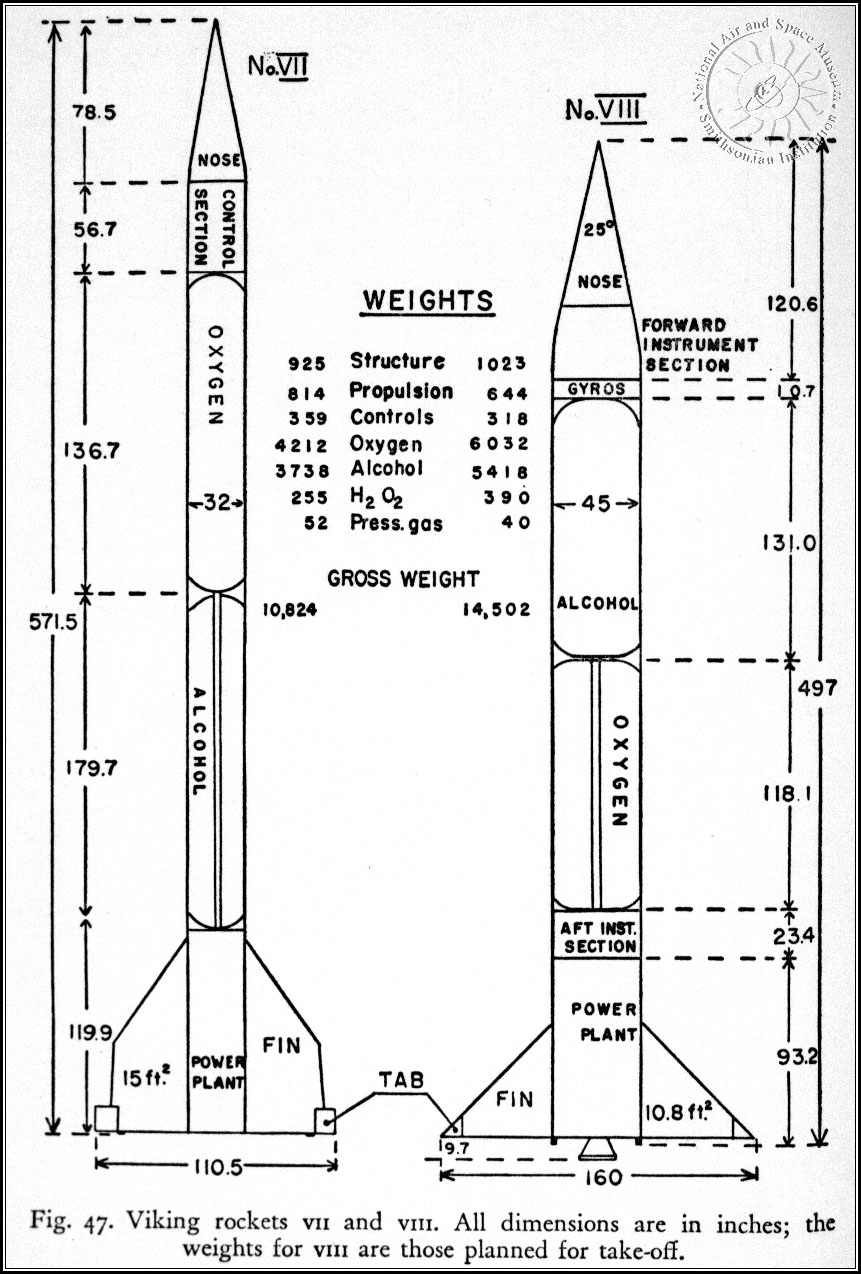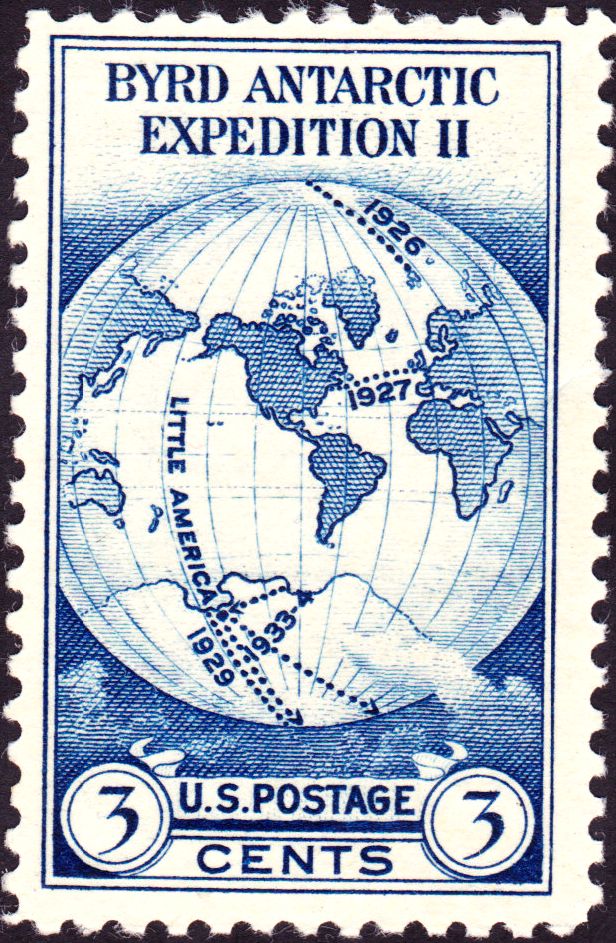|
USS Desert Ship (LLS-1)
USS Desert Ship (LLS-1) is a concrete blockhouse providing assembly and launch facilities simulating shipboard conditions for Navy surface-to-air weapons testing at the Naval Air Warfare Center (NAWC) Weapons Division – White Sands. Origin The beginning of construction of the Desert Ship coincided with the start of testing of the RIM-8 Talos missile. Although there was a mock christening upon completion of the building, the Desert Ship has never been commissioned and special permission from Congress was required to name the building "USS Desert Ship". The designation "LLS" stands for "Land Locked Ship". History Desert Ship was originally used to test the Talos missile. Subsequent uses have included testing the Standard Missile, Aegis Weapons System, and, in mid-2008, the Standard Missile 6. The Desert Ship is one of two "Land-Locked Ships" operated by the U.S. Navy, the other being the USS Rancocas in New Jersey. Chronology *13 April 1941 – Alamogordo Army Airfi ... [...More Info...] [...Related Items...] OR: [Wikipedia] [Google] [Baidu] |
Naval Surface Warfare Center
* A Naval Surface Warfare Center (NSWC) is part of the Naval Sea Systems Command (NAVSEA) operated by the United States Navy. NAVSEA Warfare Centers supply the technical operations, people, technology, engineering services and products needed to equip and support the Fleet and meet the warfighter's needs. The Warfare Centers are the Navy's principal Research, Development, Test and Evaluation (RDT&E) assessment activity for surface ship and submarine systems and subsystems. Additionally, the Warfare Centers provide depot maintenance and In-Service Engineering support to ensure that the systems fielded today perform consistently and reliably in the future. NAVSEA currently operates eight Surface Warfare Centers; * NSWC Carderock, Maryland * NSWC Corona, California * NSWC Crane, Indiana * NSWC Dahlgren, Virginia * NSWC Indian Head, Maryland * NSWC Panama City, Florida * NSWC Philadelphia, Pennsylvania * NSWC Port Hueneme, California NAVSEA also operates two Undersea ... [...More Info...] [...Related Items...] OR: [Wikipedia] [Google] [Baidu] |
Chief Of Ordnance
The United States Army Ordnance Corps, formerly the United States Army Ordnance Department, is a Combat service support (United States), sustainment branch of the United States Army, headquartered at Fort Lee (Virginia), Fort Lee, Virginia. The broad mission of the Ordnance Corps is to supply Army combat units with weapons and ammunition, including at times their procurement and maintenance. Along with the Quartermaster Corps (United States Army), Quartermaster Corps and Transportation Corps, it forms a critical component of the U.S. Army logistics system. The U.S. Army Ordnance Corps mission is to support the development, production, acquisition, and sustainment of weapon systems, ammunition, missiles, electronics, and ground mobility materiel during peace and war to provide combat power to the U.S. Army. The officer in charge of the branch for doctrine, training, and professional development purposes is the Chief of Ordnance of the United States Army, Chief of Ordnance. The c ... [...More Info...] [...Related Items...] OR: [Wikipedia] [Google] [Baidu] |
RIM-24 Tartar
The General Dynamics RIM-24 Tartar was a medium-range naval surface-to-air missile (SAM), and was among the earliest surface-to-air missiles to equip United States Navy ships. The Tartar was the third of the so-called "3 T's", the three primary SAMs the Navy fielded in the 1960s and 1970s, the others being the RIM-2 Terrier and RIM-8 Talos. History The Tartar was born of a need for a more lightweight system for smaller ships, and something that could engage targets at very close range. Essentially, the Tartar was simply a RIM-2C Terrier without the secondary booster. The Tartar was never given a SAM-N-x designation, and was simply referred to as Missile Mk 15 until the unified Army-Navy designation system was introduced in 1963. The Tartar was used on a number of ships, of a variety of sizes. Initially the Mk 11 twin-arm launcher was used, later ships used the Mk 13 and Mk 22 single-arm launchers. Early versions proved to be unreliable. The Improved Tartar retrofit program ... [...More Info...] [...Related Items...] OR: [Wikipedia] [Google] [Baidu] |
RIM-2 Terrier
The Convair RIM-2 Terrier was a two-stage medium-range naval surface-to-air missile (SAM), and was among the earliest surface-to-air missiles to equip United States Navy ships. It underwent significant upgrades while in service, starting with beam-riding guidance with a range at a speed of Mach 1.8, and ending as a semi-active radar homing system with a range of at speeds as high as Mach 3. It was replaced in service by the RIM-67 Standard ER (SM-1ER). Terrier has also been used as a sounding rocket. History The Terrier was a development of the Bumblebee Project, the United States Navy's effort to develop a surface-to-air missile to provide a middle layer of defense against air attack (between carrier fighters and antiaircraft guns). It was test launched from on January 28, 1953, and first deployed operationally on the s, and in the mid-1950s, with ''Canberra'' being the first to achieve operational status June 15, 1956. Its US Navy designation was SAM-N ... [...More Info...] [...Related Items...] OR: [Wikipedia] [Google] [Baidu] |
Typhon Combat System
Typhon was a missile system developed by the United States Navy in the late 1950s, intended to serve as an integrated air-defense system for Navy fleets. Consisting of the SAM-N-8 Typhon LR, later designated RIM-50A, and the SAM-N-9 Typhon MR, later RIM-55A, paired with the AN/SPG-59 radar system, the cost and expense of the Typhon system led to it being cancelled in favor of the Standard Missile program. Design and development Development of Typhon was initiated in the late 1950s, as the existing Talos, Terrier, and Tartar ("3T") long-, medium-, and short-ranged missiles were considered to be approaching obsolescence; in the event of a mass attack by Soviet bomber forces, the requirement for each missile to have its own dedicated target illuminator would lead to rapid saturation of the defensive system. The Typhon system, developed under a contract awarded to the Bendix Corporation, would overcome this through the use of the AN/SPG-59 electronically scanned array radar system ... [...More Info...] [...Related Items...] OR: [Wikipedia] [Google] [Baidu] |
Naval Air Weapons Station China Lake
Naval Air Weapons Station (NAWS) China Lake is a large military installation in California that supports the research, testing and evaluation programs of the United States Navy. It is part of Navy Region Southwest under Commander, Navy Installations Command, and was originally known as Naval Ordnance Test Station (NOTS). The installation is located in the Western Mojave Desert region of California, approximately north of Los Angeles. Occupying land in three counties – Kern, San Bernardino, and Inyo – the installation's closest neighbors are the city of Ridgecrest and the communities of Inyokern, Trona, and Darwin. China Lake is the United States Navy's largest single landholding, representing 85% of the Navy's land for weapons and armaments research, development, acquisition, testing and evaluation (RDAT&E) use and 38% of the Navy's land holdings worldwide. In total, its two ranges and main site cover more than , an area larger than the state of Rhode Island. As of 2010, ... [...More Info...] [...Related Items...] OR: [Wikipedia] [Google] [Baidu] |
Operations Sandy And Pushover
Operation Sandy was the codename for the post-World War II launch of a captured V-2 rocket from the deck of the United States Navy aircraft carrier USS ''Midway'' on September 6, 1947. It marked the first launch of a large rocket, and the only time for a V-2, from a ship at sea. Operation Pushover was a follow-up test in late 1949 to assess the danger to a carrier from a V-2 explosion. Operation Sandy Rear Admiral Daniel V. Gallery, Assistant to the Chief of Naval Operations, was an early advocate of the concept. It was he who initiated Operation Sandy. Preliminary testing was done at the White Sands Missile Range, using a simulated aircraft carrier deck. The V-2 to be used was assembled at White Sands. It was shipped across the country to the east coast and loaded aboard the ''Midway'', then the largest carrier in the Navy and equipped with an armored flight deck. The aircraft carrier sailed to a point several hundred miles south of Bermuda ) , anthem = "God Save the Ki ... [...More Info...] [...Related Items...] OR: [Wikipedia] [Google] [Baidu] |
USS Midway (CV-41)
USS ''Midway'' (CVB/CVA/CV-41) is an aircraft carrier, formerly of the United States Navy, the lead ship of her class. Commissioned 8 days after the end of World War II, ''Midway'' was the largest ship in the world until 1955, as well as the first U.S. aircraft carrier too big to transit the Panama Canal. She operated for 47 years, during which time she saw action in the Vietnam War and served as the Persian Gulf flagship in 1991's Operation Desert Storm. Decommissioned in 1992, she is now a museum ship at the USS ''Midway'' Museum, in San Diego, California, and is the only remaining inactive U.S. aircraft carrier that is not an . Service history Early operations and deployment with the 6th Fleet ''Midway'' was laid down 27 October 1943 in Shipway 11 at Newport News Shipbuilding Co., Newport News, Virginia; launched 20 March 1945, sponsored by Mrs. Bradford William Ripley, Jr.; and commissioned on 10 September 1945 (eight days after the Surrender of Japan) with Captain J ... [...More Info...] [...Related Items...] OR: [Wikipedia] [Google] [Baidu] |
Viking (rocket)
Viking was series of twelve sounding rockets designed and built by the Glenn L. Martin Company under the direction of the U.S. Naval Research Laboratory (NRL). Designed to supersede the German V-2, the Viking was the most advanced large, liquid-fueled rocket developed in the United States in the late 1940s, returning valuable scientific data from the edge of space between 1949 and 1955. Viking 4, launched in 1950, was the first sounding rocket to be launched from the deck of a ship. After twelve flights, the Viking was adapted into the first stage for the Vanguard rocket, which launched America's second satellite into orbit in 1958. Origins After World War II, the United States experimented with captured German V-2 rockets as part of the Hermes program. Based on these experiments the U.S. issued a contract 21 August 1946 to the Glenn L. Martin Company for a series of ten large liquid-fueled rockets. The intent was to provide an independent U.S. capability in rocketry, to co ... [...More Info...] [...Related Items...] OR: [Wikipedia] [Google] [Baidu] |
Aerobee
The Aerobee rocket was one of the United States' most produced and productive sounding rockets. Developed by the Aerojet Corporation, the Aerobee was designed to combine the altitude and launching capability of the V-2 with the cost effectiveness and mass production of the WAC Corporal. More than 1000 Aerobees were launched between 1947 and 1985, returning vast amounts of astronomical, physical, aeronomical, and biomedical data. Development Research using V-2 rockets after World War II produced valuable results concerning the nature of cosmic rays, the solar spectrum, and the distribution of atmospheric ozone. However, the limited supply and the expense of assembling and firing the V-2 rockets, as well as the small payload capacity of the first purpose-built sounding rocket, the WAC Corporal, created demand for a low cost sounding rocket to be used for scientific research. An Applied Physics Laboratory (APL) effort led by James Van Allen led to a contract presented 17 May 1946 ... [...More Info...] [...Related Items...] OR: [Wikipedia] [Google] [Baidu] |
Bureau Of Ordnance
The Bureau of Ordnance (BuOrd) was a United States Navy organization, which was responsible for the procurement, storage, and deployment of all naval weapons, between the years 1862 and 1959. History Congress established the Bureau in the Department of the Navy by an act of July 5, 1862 (12 Stat. 510), which transferred the hydrographic functions of the Navy's Bureau of Ordnance and Hydrography (1842–1862) to the newly established Bureau of Navigation. During the early 20th century, BuOrd became involved in the development of aerial weapons. This often led to friction with the Bureau of Aeronautics (BuAer), which had responsibility for the development of Naval aircraft. BuAer's work on "pilotless aircraft," or drones, conflicted with BuOrd's development of guided missiles. After World War II, the Navy examined ways to improve coordination between the two bureaus; ultimately, the decision was made to merge the two organizations into a new bureau, to be known as the Bureau of ... [...More Info...] [...Related Items...] OR: [Wikipedia] [Google] [Baidu] |
James Van Allen
James Alfred Van Allen (September 7, 1914August 9, 2006) was an American space scientist at the University of Iowa. He was instrumental in establishing the field of magnetospheric research in space. The Van Allen radiation belts were named after him, following his discovery using Geiger–Müller tube instruments on the 1958 satellites (Explorer 1, Explorer 3, and Pioneer 3) during the International Geophysical Year. Van Allen led the scientific community in putting scientific research instruments on space satellites. Early years and education Van Allen was born on 7 September 1914 on a small farm near Mount Pleasant, Iowa. As a child, he was fascinated by mechanical and electrical devices and was an avid reader of ''Popular Mechanics'' and ''Popular Science'' magazines. He once horrified his mother by constructing a Tesla coil that produced foot-long sparks and caused his hair to stand on end. A fellowship allowed him to continue studying nuclear physics at the Carnegie Ins ... [...More Info...] [...Related Items...] OR: [Wikipedia] [Google] [Baidu] |


_V-2_launch_(Operation_Sandy).jpg)
_seal.png)


